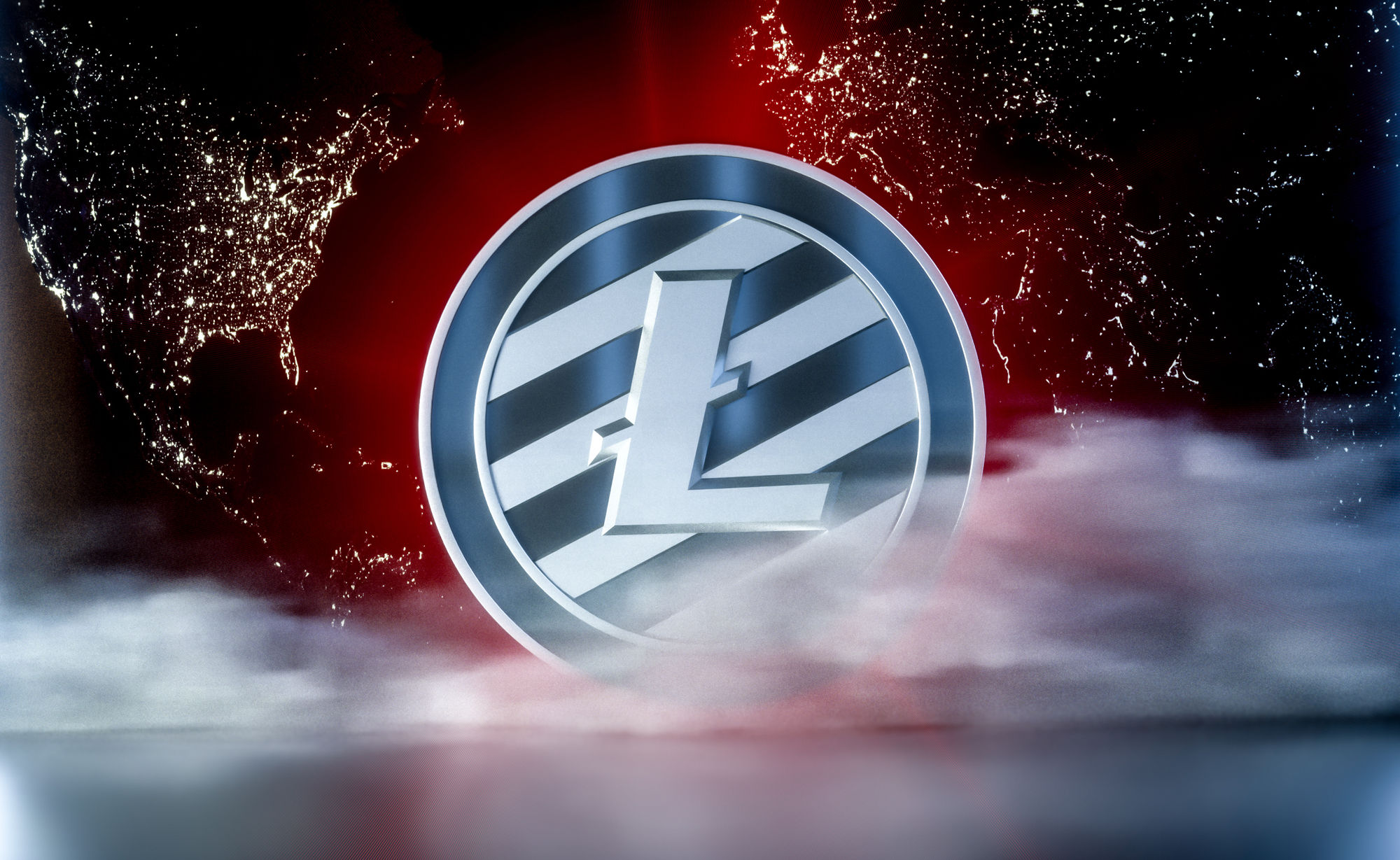- Litecoin creator Charlie Lee thinks halving contributes to larger-scale adoption
- He believes demand for LTC will stay the same, supply drops by 50%, price goes up
- Bull markets begin a year before halving, extremely volatile selloffs two years afterward
The halving on the Litecoin blockchain, which will take place today, will result in reduced issuance of LTC units by 50%. This is LTC’s third halving in 12 years. The current subsidy of Litecoin of 12.5 LTC will drop down to 6.25 LTC.
According to Litecoin creator Charlie Lee, halving improves network security and contributes to larger-scale adoption.
Fine silver collectibles sold on the occasion
Ballet, a crypto cold storage card manufacturer,is selling 500 collectable cards on occasion of the halving. They come preloaded with a minimum of 6.25 LTC and each one is made of 50 grams of fine silver.
The story behind Litecoin
Lee was very impressed to learn that Bitcoin was the exclusive payment method on the illegal drug trafficking route and marketplace Silk Road. When he launched Litecoin, he copied Bitcoin’s code, which included many of the Bitcoin blockchain’s most critical features.
One of them was the implementation of halving into the blockchain’s code, reducing new issuance of the crypto by 50% every four years.
Creator expects price to rise
Stakeholders want to sustain miners’ motivation despite the lower payouts. Lee expects the price of LTC to increase because fewer new units will be created. He believes that if demand stays the same and supply decreases by 50%, the price must go up.
Bull markets start a year before halving, selloff comes two years later
As the flagship and the biggest crypto by market cap, Bitcoin is often seen as a trendsetter in the digital asset market. Analysts who follow Bitcoin’s halvings every four years have identified a pattern: bull markets begin around a year before the halving and result in extremely volatile selloffs two years after it.
Last year, the Bitcoin selloff was 64%. Its next halving is next year. Bitcoin’s price has increased by 77% year-over-year.












